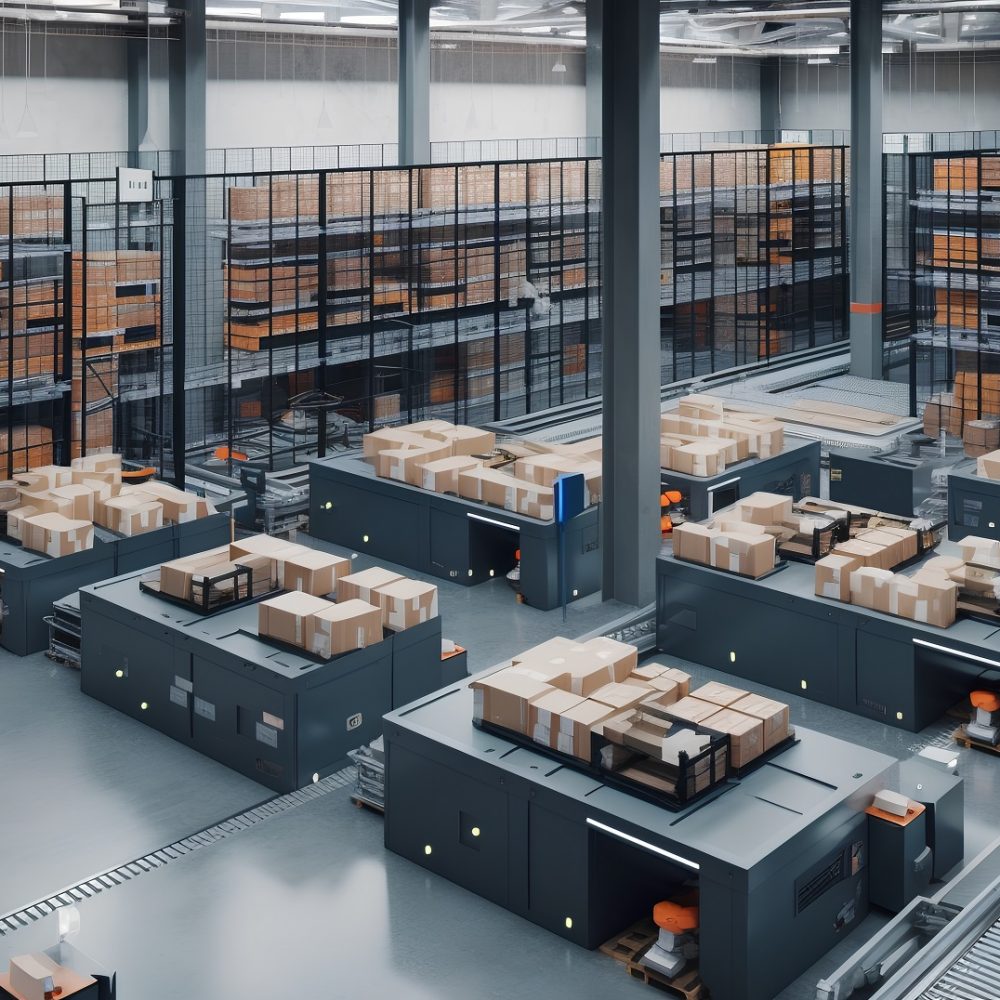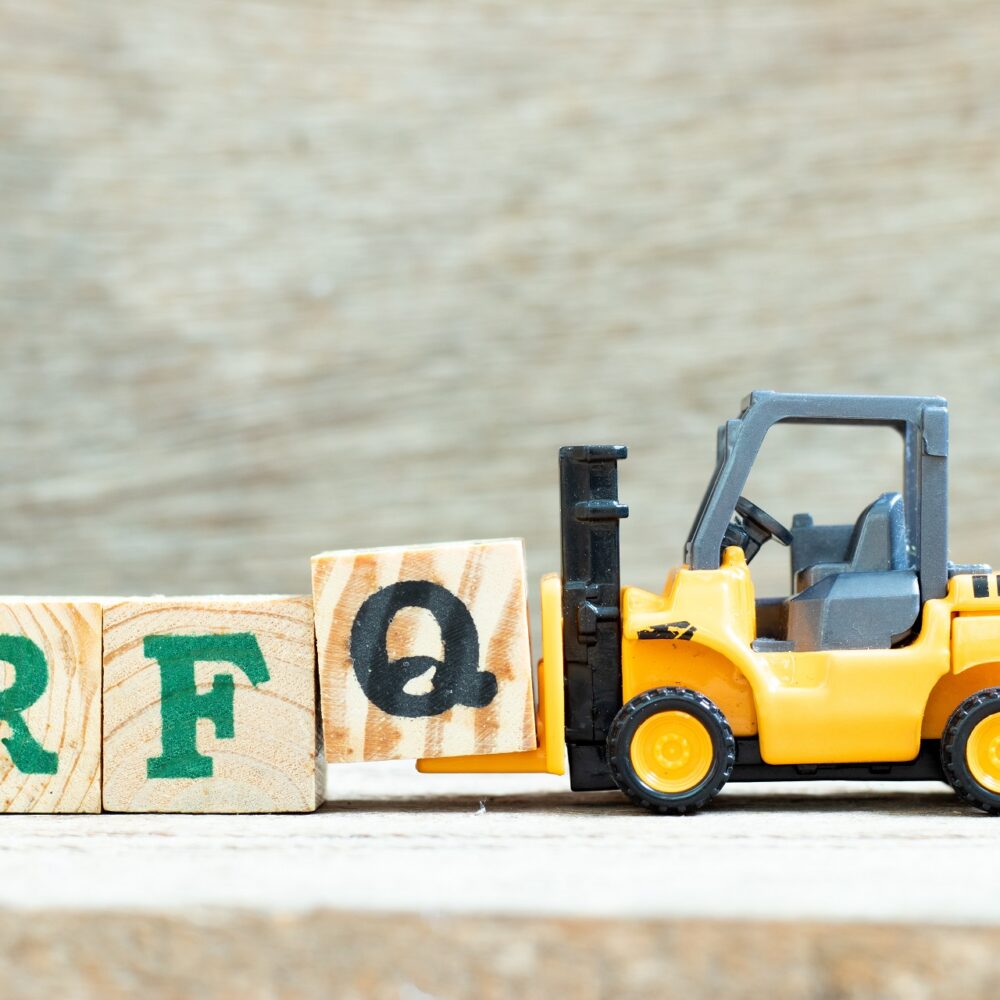
The storage market in Poland has skyrocketed during the pandemic. And just when it seemed that the boom would last for the next few years and that demand for warehouses would continue to grow uninterruptedly, the situation was unexpectedly changed by the war in Ukraine. The impact it has had has badly shaken investment in our domestic market. However, the situation slowly seems to be stabilising. What can we expect this year?
Poland is one of the three largest warehouse markets in Europe. Around 30 per cent of new logistics halls built on our continent are being built here, warehousing centres for international companies are developing, and large transport companies are operating here. Due to its location close to Western European sales markets, the availability of investment land and a still attractive labour market, our country is consistently a good destination for new warehouse investments. This year will show whether the growth momentum of recent years can be maintained.
Warehouse market – figures
The year 2022 brought further records for built space dedicated to warehouses. The scale of the increases can be seen in the fact that more logistics and industrial space was delivered between January and September than in any full year on record. The stock of modern warehousing and manufacturing space in Poland in 2022 increased by 4.4 million sq m, more than 42% better than the previous year. With a record-breaking amount of new logistics and production hall space, its total stock amounted to 28.3 million square metres. – This is a year-on-year increase of almost 19%. There is currently 3.4 million sq m under construction. Experts predict that this will allow the threshold of 30 million sq m to be reached by the end of this year.
Rising rents – a trend that will continue?
One of the major developments for which 2022 will be remembered is certainly the increase in warehouse rents. The low availability of vacant space (around 4% vacancy), as well as some reduction in the supply of new buildings (particularly evident in the last quarter of 2022), are the reasons for the increase in rental rates. But the increases were also caused by the rising cost of new projects and of maintaining the existing facilities. According to various sources and for different regions, rent increases ranged between 10 and 25 per cent throughout the year. However, it should be noted that our country was not an exception and this could be observed throughout Europe. The current year will probably bring further increases, but they should no longer be so dynamic.
Investment financing more difficult
The health of the warehouse market depends on many factors. It is influenced not only by local actions, but also – and perhaps above all – by the macroeconomic situation. The war in Ukraine has led to a number of unfavourable developments, the first of which include drastic increases in energy prices due to the embargo on Russian coal and those associated with the interruption of gas supplies from Russia. This, in turn, has entailed unprecedented increases in the price of construction materials, which have significantly increased the cost of carrying out projects. Inflation and increasingly high interest rates have made it much more expensive to finance new projects and, consequently, the viability of new ventures in the form of logistics halls, the expansion of warehouse centres or the construction of specialised high-bay warehouses has come into question. This is because few companies can afford to build on their own financial resources.
What can help the industry?
Introduction of ESG strategies in warehouses
Green trends in warehouse construction have been discussed for several years now. Being ‘eco’ benefits a company on various levels, which is why more and more companies in the logistics industry are implementing the first pillar of the ESG (Environment, Social, Governance) strategy – i.e. measures aimed at protecting the environment. And, while innovative solutions that will reduce a company’s carbon footprint on a day-to-day basis add to the cost of building the warehouse, investors have already learned to look at the profitability of their investments more broadly and in the long term. They see the economic benefits of using renewable energy systems, modern building management systems or an environmental approach that takes advantage of the site’s location and the natural qualities of its surroundings. But operating in harmony with the environment is also beneficial for how the the company is perceived by its business environment, which can ultimately increase the competitive advantage.
All of this means that one of the expected developments in the warehousing market will be the desire to replace old, uneconomical facilities with modern storage halls whose day-to-day operating costs will be noticeably lower.
Changing the form of storage in a warehouse
Although Poland has still considerable land resources compared to Western European countries, changes are also visible in this area, which may herald certain risks. The decreasing supply of attractively located sites suitable for the construction of warehouses, and steadily rising price of land mean that developers and investors increasingly choose to build high-bay warehouses. This will pose some challenges for general contractors of buildings, but will also entail increasing automation of logistics processes.



